How many cubic yards in a front end loader bucket?
Front end loader buckets typically contain between 0.5 to 15 cubic yards of material, depending on the size and class of the machine. Small skid steer loaders usually feature buckets with 0.5 to 1 cubic yard capacity, while medium-sized wheel loaders commonly offer 2 to 5 cubic yards. Large production loaders used in mining operations can have massive buckets holding anywhere from 8 to 15 cubic yards or more. The capacity measurement is essential for calculating productivity, ensuring proper machine selection, and planning material handling operations.
Front Loader Bucket Capacity

Loader Bucket Measurements
When determining the capacity of a front loader bucket, understanding the standard measurements is essential. Bucket capacity is typically expressed in cubic yards (yd³) in the United States, though cubic meters (m³) are common internationally. The conversion between these units is straightforward: 1 cubic yard equals approximately 0.76 cubic meters. This measurement represents the volume of material the bucket can hold when properly loaded.
Loader buckets come in various sizes according to the machine class. Compact or skid steer loaders generally feature buckets ranging from 0.5 to 1.5 cubic yards. Mid-size wheel loaders, popular in construction and roadwork, typically offer capacities between 2 and 5 cubic yards. Large production loaders used in mining operations may have buckets exceeding 10 cubic yards. The capacity directly influences the machine's productivity and efficiency in material handling operations.
For precise measurements, manufacturers provide specific bucket capacities in their specifications. These values are calculated based on the bucket's physical dimensions—width, height, and depth—and its design features. Knowing these specifications helps operators and project managers accurately estimate load volumes and plan material movement operations accordingly.
Standard Capacity Ranges by Loader Size
The capacity of a front loader bucket varies significantly based on the size classification of the equipment. Small loaders, including compact and skid steer models, typically feature buckets with capacities ranging from 0.5 to 2 cubic yards. These smaller machines excel in confined spaces and light-duty applications where maneuverability takes precedence over load volume.
Medium-sized wheel loaders represent the most versatile category, with bucket capacities generally spanning from 2 to 5 cubic yards. These machines strike an optimal balance between maneuverability and material handling capacity, making them ideal for construction sites, roadwork, and medium-scale material processing operations. Their popularity stems from this versatility across multiple applications.
Large production loaders, designed primarily for mining, quarrying, and heavy industrial applications, feature substantial bucket capacities ranging from 5 to 15 cubic yards or more. These imposing machines prioritize maximum material movement efficiency for high-volume operations where productivity metrics directly impact operational costs. While less maneuverable than their smaller counterparts, these machines deliver unmatched material handling capabilities for major earthmoving projects.
Factors Affecting Capacity
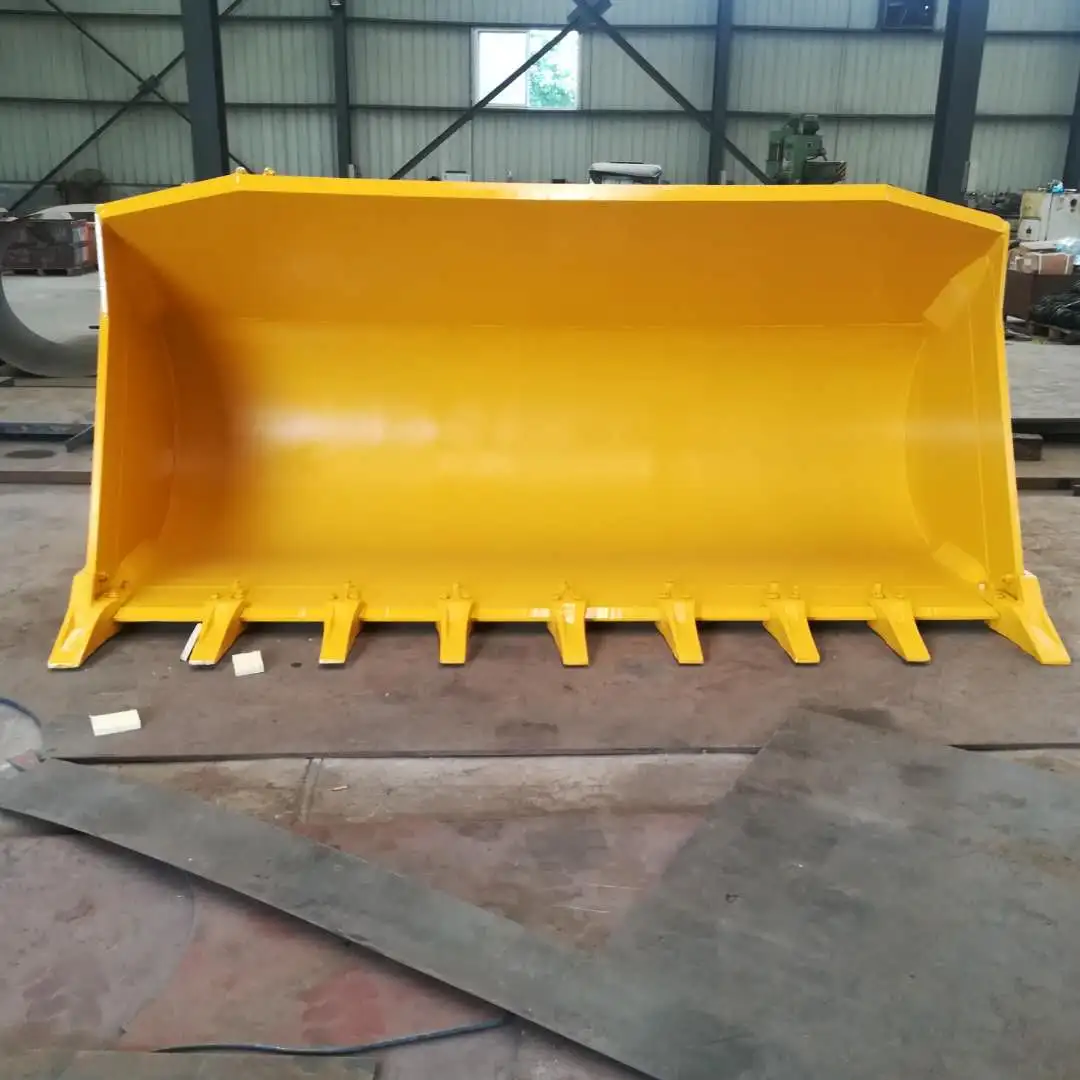
Material Density Considerations
The effective capacity of a front loader bucket varies significantly based on material density. While physical dimensions determine the volume a bucket can contain, the practical load depends on the weight of the material being handled. Dense materials like wet clay or crushed stone (weighing 2,500-3,000 pounds per cubic yard) will reach the machine's weight capacity limit with less volume than lighter materials like dry soil or mulch (1,500-2,000 pounds per cubic yard).
Operators must adjust loading practices according to material characteristics. When handling dense materials, buckets might need to be partially filled to prevent overloading the machine's hydraulic systems and structural components. Conversely, lighter materials allow for heaped loads that maximize the bucket's volumetric capacity without exceeding weight limitations. Understanding this relationship is crucial for operational efficiency and equipment longevity.
Material moisture content also significantly impacts density and, consequently, bucket capacity. Wet materials weigh substantially more than their dry counterparts, sometimes increasing weight by 15-30%. For instance, dry sand at approximately 2,600 pounds per cubic yard can increase to over 3,000 pounds when saturated. This variation necessitates ongoing assessment of material conditions and appropriate adjustment of loading practices to maintain safe and efficient operation.
Bucket Design and Configuration
The design and configuration of a front loader bucket significantly influence its capacity and performance characteristics. Standard general-purpose buckets typically offer moderate capacity with balanced penetration and material retention capabilities. Specialized designs like light material buckets feature larger volumetric capacity but reduced structural reinforcement, making them ideal for handling low-density materials like mulch or snow.
Bucket geometry plays a critical role in determining effective capacity. Factors such as floor angle, side profile, and spill guard height all contribute to the bucket's ability to retain material during loading and transport operations. Modern bucket designs often incorporate curved floors and specially angled sides to improve material flow and retention. These design elements can increase effective capacity by 5-15% compared to older, more simplistic designs.
Attachments and accessories can modify bucket performance characteristics. Bolt-on cutting edges, tooth systems, and wear plates protect the bucket structure while potentially reducing slight volumes due to their space requirements. Conversely, specialized attachments like side cutters or extended spill guards can increase effective capacity for certain materials. These configuration options allow operators to optimize bucket performance for specific materials and operating conditions, balancing capacity with other operational requirements.
Heaped vs. Struck Capacity

Defining Measurement Standards
When discussing front loader bucket capacities, understanding the distinction between heaped and struck measurements is essential. Struck capacity refers to the volume contained within the bucket when a straight edge is drawn across its top edge, essentially measuring only the material below the rim. This measurement provides a consistent baseline for comparison between different bucket models and represents the minimum guaranteed capacity.
Heaped capacity, conversely, includes the additional material that forms a mound above the bucket rim. The Society of Automotive Engineers (SAE) has established standard measurement protocols—specifically SAE J742—for calculating heaped capacity. This standard specifies that the heap should form a 2:1 slope angle (approximately 27 degrees) above the struck level. This standardized approach ensures consistent capacity ratings across the industry, allowing for meaningful comparisons between equipment specifications.
Professional capacity ratings typically report both measurements, with heaped capacity generally 15-25% higher than struck capacity depending on bucket design. For instance, a bucket with a 3 cubic yard struck capacity might have a heaped capacity of 3.5 to 3.75 cubic yards. Understanding these distinctions helps equipment managers select appropriately sized machinery for specific material handling requirements and develop accurate productivity estimates for project planning.
Practical Applications of Different Measurements
The distinction between heaped and struck capacities has significant practical implications for front loader bucket operations. Struck capacity provides a conservative volume estimate primarily useful when handling flowing materials like water or liquid concrete that naturally level themselves during transport. It's also valuable when precise load measurement is required, such as in material batching operations for concrete production or specialized aggregate blending.
Heaped capacity more accurately reflects real-world operating conditions for most construction and earthmoving applications. When handling cohesive materials like soil, clay, or damp sand that maintain their shape during loading and transport, operators typically achieve heaped loads that utilize the bucket's full volumetric potential. Project estimators commonly use heaped capacity figures when calculating equipment productivity for excavation, site preparation, and material handling operations.
Different industries prioritize different capacity measurements based on their typical materials and applications. Mining operations, which focus on maximum material movement efficiency, heavily emphasize heaped capacity to optimize production metrics. Precision applications like road base preparation or foundation work may rely more on struck capacity to ensure accurate material placement. Understanding which measurement applies to specific operational contexts helps managers select appropriate equipment and develop realistic production schedules.
Impact on Productivity Calculations
The choice between heaped and struck capacity significantly impacts front loader bucket productivity calculations. Production estimates based on heaped capacity generally yield 15-25% higher theoretical output compared to those using struck measurements. For large-scale operations, this difference can substantially affect projected completion timelines and resource allocation decisions.
Material characteristics further complicate productivity calculations. Sticky materials like clay tend to form higher, more stable heaps above the bucket rim, potentially exceeding standard heaped capacity calculations by 5-10%. Conversely, free-flowing materials like dry sand may achieve only 90-95% of theoretical heaped capacity due to natural settling during machine movement. Experienced project managers account for these material-specific variations when developing productivity estimates.
Load efficiency factors must be considered alongside capacity measurements for accurate productivity forecasting. These factors account for practical limitations like operator skill, site conditions, and machine capabilities. Even with identical bucket capacities, adverse conditions like poor visibility, tight working spaces, or inexperienced operators can reduce actual productivity by 20-30%. Comprehensive productivity models incorporate both capacity measurements and efficiency factors to generate realistic output projections for effective project planning and resource allocation.
FAQ
1. How do I determine the right bucket size for my loader?
Materials and their densities, consider your loader's lift capacity and hydraulic capabilities, as these establish the maximum safe bucket size regardless of volume.
2 . How does bucket wear affect capacity over time?
Bucket wear progressively reduces front loader bucket capacity through several mechanisms. The cutting edge and floor experience the most significant wear, potentially losing up to 1-2 inches of material over extended use periods, which can reduce capacity by 5-8% depending on bucket size.
3 . What's the difference between loader bucket sizes across manufacturers?
While front loader bucket capacities follow general industry standards, variations exist between manufacturers. Different design philosophies result in capacity differences of 5-10% between similarly classed machines.
Bucket Loader For Sale
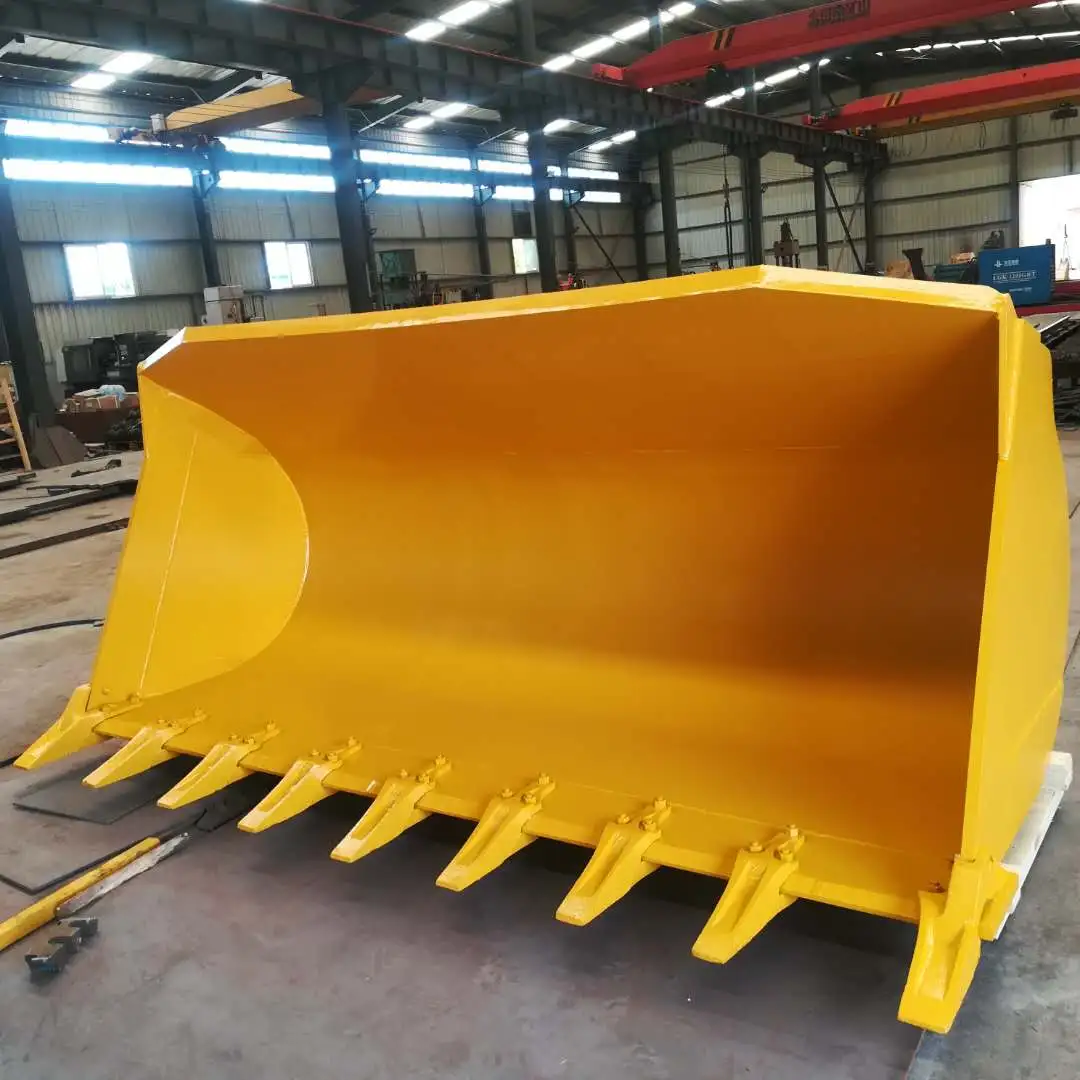
Ready to elevate your loading efficiency with our top-notch front loader bucket? Tiannuo's got you covered. Our bucket, exemplified by the Shante ZL50 model, boasts a width of 2.24 m, a bottom width of 0.5969 m, and a depth of 0.025 m. Plus, it has a rated load of 5000 kg, an unloading height of 3090 mm, and a maximum breakout force of 170 kN. Don't miss out on this game-changing equipment. Reach out to us at arm@stnd-machinery.com, rich@stnd-machinery.com, or tn@stnd-machinery.com to discuss how our front loader bucket can optimize your operations.
References
Construction Equipment Guide (2023). "Comprehensive Analysis of Loader Bucket Capacities and Applications."
Journal of Construction Engineering (2024). "Impact of Bucket Design on Material Handling Efficiency."
International Association of Heavy Equipment Operators (2023). "Standard Measurement Protocols for Loader Attachments."
Modern Earthmoving Equipment Review (2024). "Comparative Analysis of Front Loader Performance Metrics."
American Society of Mechanical Engineers (2023). "Engineering Standards for Earth-Moving Equipment."
Construction Productivity Research Institute (2024). "Optimizing Load Factors in Material Transport Operations."
About Author: Arm
Arm is a leading expert in the field of specialized construction and railway maintenance equipment, working at Tiannuo Company. Tiannuo specializes in manufacturing a wide range of products, including railway maintenance equipment like railway sleeper changing machines and screening machines, excavator modification equipment such as excavator lifting cabs, various engineering arms for excavators, excavator accessories like digging buckets, and engineering vehicle auxiliary equipment like loader buckets.
YOU MAY LIKE
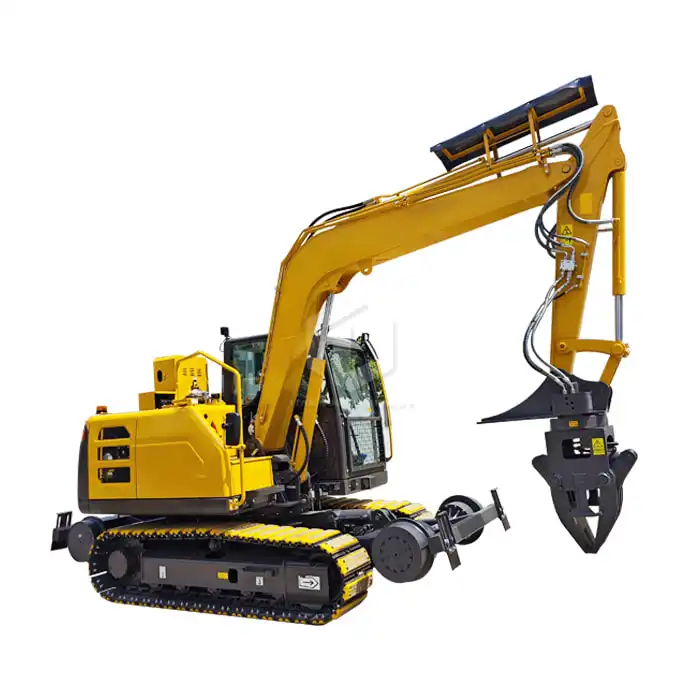 VIEW MORERailway Sleeper Changer
VIEW MORERailway Sleeper Changer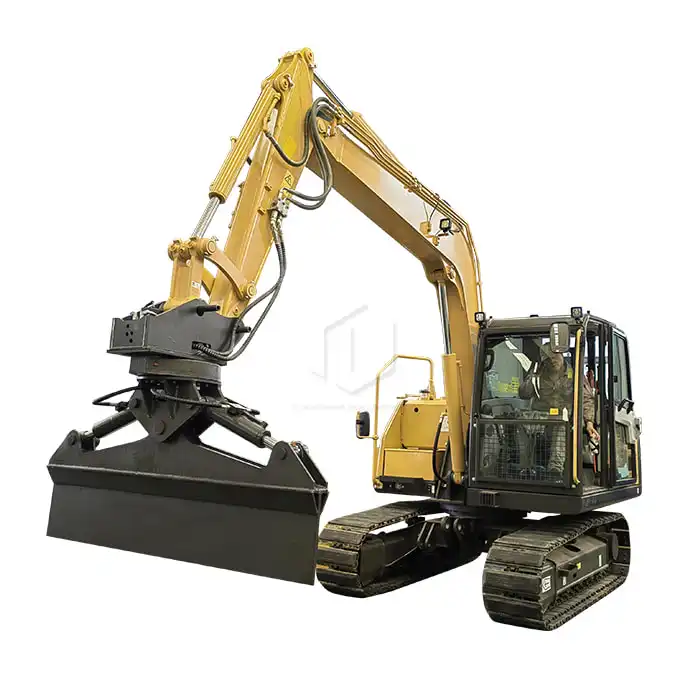 VIEW MOREExcavator Railway Slope Cleaning Machine
VIEW MOREExcavator Railway Slope Cleaning Machine VIEW MORELoader Arm Extensions
VIEW MORELoader Arm Extensions VIEW MOREExcavator Wood Clamps
VIEW MOREExcavator Wood Clamps VIEW MOREExcavator High Frequency Screening Bucket
VIEW MOREExcavator High Frequency Screening Bucket VIEW MOREExcavator Grid Bucket
VIEW MOREExcavator Grid Bucket VIEW MOREExcavator High Altitude Demolition Arm
VIEW MOREExcavator High Altitude Demolition Arm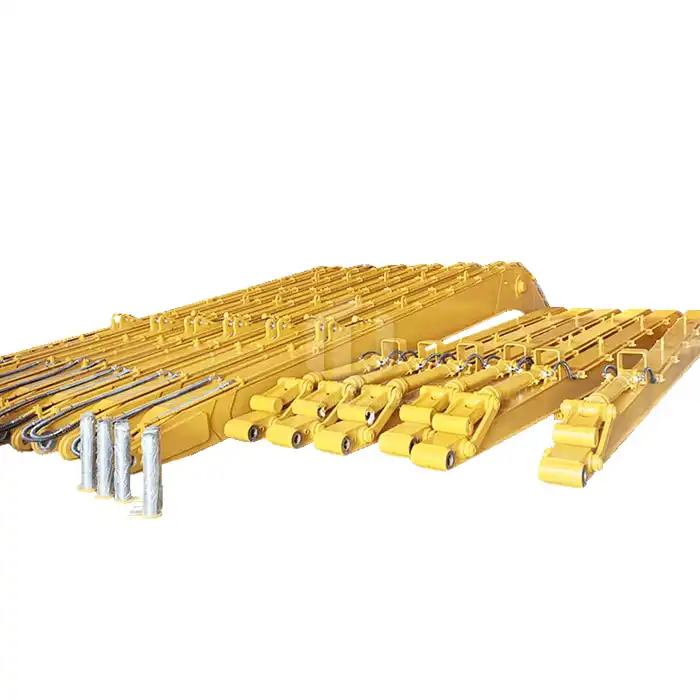 VIEW MOREExcavator Extension Arm
VIEW MOREExcavator Extension Arm

